Acokanthera oppositifolia
General Info – summary
This unarmed usually sparsely branched Tree is up to 7m high and has poisonous latex. Bark becomes dark and deeply fissured. Simple Leaves are decussate, lack stipules & side veins reach the margins. The attractive, reddish white, regular, 5-merous Flowers are bisexual. Anthers and stigma do not emerge through the petal mouth. The initially green Fruit (berry) turns black with 1 or 2 flat, oval shaped seeds.
Description
Previous Names: Acokanthera rhodesica, Acokanthera venenata, Acokanthera venatorium, Cestrum oppositifolium, Cestrum venenatum, Toxicophlaea thunbergii.
SA Tree No. 639.
Common names: (Afr) Boesmanpyl, Boesmansgif, Boesmansgifboom, Boesmansgifpyl, Gewone Gifboom. (Eng) Bushman’s Poison, Bushman’s Poison Bush, Common Poison-bush, Hottentot’s Poison Bush, Poison Bush, Poison arrow tree, Poison Plum, Poison Tree. (isiXhosa) Intlungunyembe, Ubuhlungu, Ubuhlungu-Benyoka. (isiZulu) Inhlungunyembe, Ubuhlungu Benamba. (Northern Sotho) Mothoko-nyepe. (siSwati) Inhlungunyembe, Mutsimulisa, luZekwa.
Family: Apocynaceae (Oleander or impala lily: Adenium multiflorum family). This family includes the exotic genera Oleander and Plumeria (Frangipani). Indigenous genera containing trees on this site include Acokanthera, Adenium, Carissa, Rauvolfia and Tabernaemontana. Currently the family has 366 genera and in excess of 5 000 species. In South Africa, there are 90 genera and about 700 species. All have milky or clear sap. The simple, entire and pinnately veined Leaves are usually opposite and may have stipules situated between the petiole and the stem. The Inflorescence is usually a cyme (a broad, more or less flat-topped, determinate flower cluster, with central flowers opening first). The regular and bisexual Flowers are usually bracteate. The Calyx has 4-5, usually free sepals and the 4-5 Petals are joined – at least at the base of the staminal column. A corona (an extension) is often present either on the corolla, or arising from the base of the staminal column. The 4-5 Stamens are variously located and have anthers with 2 pollen sacs. The superior to half-inferior Ovary has 2 carpels. Fruit is various. The often-compressed Seeds may have a tuft of silky hair at the micropylar end. The micropyle (a small opening in the surface of an ovule, through which the pollen tube penetrates) is often visible as a small pore in the ripe seed. During germination, the seedling’s radicle – embryonic root – emerges through the micropyle).
Name derivation: Acokanthera – Greek: “Acoce” with a sharp, straight point – referring to the pointed anthers. oppositifolia – opposite leaves. There are about 3 species of Acokanthera in South Africa. They are located in woodland from Mossel Bay, through the Eastern Cape to Natal, Mpumalanga, North West and Limpopo. All species are shrubs or small trees. All have extremely poisonous sap – used for arrow poison. All lack spines and leaves are thick and leathery. Inflorescences are located in leaf axils. In Carissa inflorescences occur terminally.
Conservation: National Status: L C (Least Concern). Assessment: 2005 (W. Foden and L. Potter).
Tree
This unarmed Tree (photo 76) reaches 4-7m high but usually remains a multi-stemmed shrub. Young stems are often reddish (photo 645) and may be hairy, angled and ribbed. The relatively few upright branches usually occur low down (photo 76). Bark (photo 654 & 83) is brown when young – ageing to dark brown or black and becomes deeply fissured in mature trees. Assume that the white milky Latex present on all parts of the tree is Poisonous.
This unarmed Tree (photo 76) reaches 4-7m high but usually remains a multi-stemmed shrub. Young stems are often reddish (photo 645) and may be hairy, angled and ribbed. The relatively few upright branches usually occur low down (photo 76). Bark (photo 654 & 83) is brown when young – ageing to dark brown or black and becomes deeply fissured in mature trees. Assume that the white milky Latex present on all parts of the tree is Poisonous.
- 76. 2018/08/17. Pretoria NBG. Photo: David Becking.
- 645. 2014/09/13. Lowveld NBG. Photo: David Becking.
- 83. 2019/09/12. Pretoria NBG. Photo: David Becking.
Leaves
On this occasionally deciduous, but usually evergreen tree, the upright Leaves are decussate (arranged in opposite pairs – each at right angles to the next pair above or below – photos 332 and 644). Apart from the reddish young leaves (photo 357), mature leaves are hairless. They are stiffly and thickly coriaceous (have a leathery texture – photo 644) and Simple (have a single blade, which may have incisions that are not deep enough to divide the blade into leaflets). The leaves are oblong-elliptic to obovate or even lance shaped. They are not roundish as in Acokanthera rotundata. Leaves range from 4,5-13 x 2-7cm but are often about 7 x 3cm. Young leaves are initially reddish (photo 357). In mature leaves, the Blade is dark glossy green above with a waxy appearance and may be tinged with red or purple. The Midrib is only raised (photo 960) on the upper side. On the lower side, the blade is a paler matt green. Distinct Lateral veins are raised on both sides and reach the margins without looping or joining up. Margins are entire (with a continuous margin, not in any way indented) and rolled under. The leaf Apex is broadly tapering and often mucronate (tipped with a straight, sharp, almost spine-like point – photo 960). The Base is broadly tapering to rounded. The short (2-11mm long), thick (photos 332) and wrinkled Petiole (leaf stalk – photo 960) is grooved above and may be pinkish (photo 960). Stipules (basal appendage of the petiole) are absent.
- 332. 2017/08/03. Pretoria NBG. Photo: David Becking.
- 357. 2018/09/11. Kirstenbosch NBG. Photo: David Becking.
- 644. 2014/09/13. Lowveld NBG. .Photo: David Becking.
- 960. 2014/08/05. Walter Sisulu NBG. Photo: David Becking.
Flowers
The small, bisexual Flowers are internally white (photo 326) and externally the base may be tinged with pink (photo 336). They are actinomorphic (Regular, symmetrical. Flowers are vertically divisible into similar halves by more than 1 plane passing through the axis). They emerge from long thin axillary buds (photo 326) that occur in dense clusters in leaf axils (axil: the upper angle between a lateral organ, such as a leaf, and the stem that bears it). The sweetly scented flowers are up to 1,1cm long. They have a small Calyx with 5 externally reddish Sepal lobes that overlap slightly and are divided almost to the base (photo 336). The Corolla is gamopetalous (has united or joined petals – at least at the base and is thus removable as a single piece). Here the tubular base is green (photo 530) and up to 2cm long. The slightly curved, cylindrical, reddish outer tube ends in a slightly wider, hairy mouth (photo 530). In this photo, the 5 white slightly overlapping Petal lobes are visible. These are up to 5cm long and extend horizontally from the mouth of the tube. The lobes may be curved inwards (photo 531). The wider part of the corolla tube surrounds the non-exserted Stamens. These 5 stamens alternate with, and arise from, the corolla tube. The short Filaments are terete (circular in cross-section). Anthers are 4-locular and mucronate (having an abruptly projecting point). There is a single Pistil (a unit of the Gynoecium, the female element of the flower, composed of the Ovary, Style and Stigma). The Ovary (conic in photo 336) has 2 locules containing one pendulous ovule in each locule. Extending from the ovary is a filiform (thread or filament like) Style with a Stigma level with the anthers. Neither the anthers nor style extends beyond the corolla mouth. Around the ovary is a nectary ring. Fruit and flowers may be present at the same time. (Apr-Oct+).
- 326. 2017/08/03. Pretoria NBG. Photo: David Becking.
- 336. 2017/08/03. Pretoria NBG. Photo: David Becking.
- 530. 2017/10/17. Pretoria NBG. Photo: David Becking.
- 531. 2017/10/17. Pretoria NBG. Photo: David Becking.
Fruit
The Fruit is an oval to ovoid ellipsoidal Berry (a pulpy, indehiscent fruit like a grape or tomato) with a fleshy pulp. It is often relatively large: 1,5-2,3 x 1-1,5cm and changes from green (photo 527) to red (photo 1009). In this photo, part of the basal green calyx is visible. Here the Pedicel (the single stalk of a flower), the persistent Calyx and the remains of the terminal Style are still visible. The maturing fruit finally turns purplish black when mature (photo 135). One or two flat, oval shaped Seeds develop in each fruit. (Sep-Feb).
- 527. 2017/10/17. Pretoria NBG. Photo: David Becking.
- 1009. 2017/11/14. Pretoria NBG. Photo: David Becking.
- 135. 2017/12/26. Pretoria NBG. Photo: David Becking.
Distribution & Ecology
This frost, drought and wind resistant shrub or small Tree may reach 2-5m high and is the most common species of the genus Acokanthera. It is normally a small pioneer plant of coastal dunes, densely woody hillsides, but also occurs up to an altitude of 2 000m – in riverine forests and rocky outcrops. It often occurs in shady moist places and seasonally dry areas. Here it is often associated with termite mounds and taller species at forest fringes. It can be Found from the Western and Eastern Cape (e.g. Port Elizabeth and East London), KwaZulu-Natal, Mpumalanga, Gauteng, Eswatini (Swaziland), and northwards to include southern Mozambique, Zimbabwe, Zaire, Kenya, Malawi, Zambia and Tanzania. Some Birds, including the Speckled Mousebird (Colius Straitus) and the spectacular Knysna Turaco or Knysna Lourie (Tauraco corythaix) do consume the ripe fruit (which may be less poisonous) but unripe fruit is poisonous. Birds are largely responsible for seed dispersal.
Ethnobotany
The Wood is pale brown, fine-grained and hard. Using this wood to braai can have fatal consequence. The milky Sap in roots, stems and leaves contain cardiac glycosides, which are poisonous and directly affect the membrane of the heart and heart muscle contraction. Flowers attract insects, including butterflies and bees. This plant is strongly drought resistant and thus the leaves are more likely to be consumed by herbivores when other leaves are scarce – with fatal results. It is advisable to consider the fruit as poisonous. Symptoms of the poison include burning pain, frothing at the mouth and vomiting. Eating meat grilled with this wood has proved fatal. Seeds or cuttings are the easiest way of growing this plant, but it is perhaps best not to plant this poisonous tree at home and to be careful about collecting firewood. Paradoxically, traditional medicine makes use of various plant parts.
References
Boon, R. 2010. Pooley’s Trees of eastern South Africa. Flora and Fauna Publications Trust, Durban.
Burrows, J.E., Burrows, S.M., Lotter, M.C. & Schmidt, E. 2018. Trees and Shrubs Mozambique. Publishing Print Matters (Pty) Ltd. Noordhoek, Cape Town.
Coates Palgrave, M. 2002. Keith Coates Palgrave Trees of Southern Africa, edn 3. Struik, Cape Town.
Foden, W. & Potter, L. 2005. Acokanthera oppositifolia (Lam.) Codd. National Assessment: Red List of South African Plants version . Accessed on 2025/03/17.
Ginn, P.J. McIlleron, W.G. Milstein, S. 1989. The Complete Book of Southern African Birds. Struik Publishers (PTY) LTD. Third impression 1991.
Lawrence, G. H. M, 1951. Taxonomy of Vascular Plants. The Macmillan Company. New York. Tenth Printing 1965.
Palmer, E. & Pitman, N. 1972. Trees of southern Africa. Balkema, Amsterdam, Cape Town.
Schmidt, S. Lotter, M. & McCleland, W. 2002. Trees and Shrubs of Mpumalanga and the Kruger National Park. Jacana, Johannesburg.
van Wyk, B. & van Wyk, P. 1997 Field guide to Trees of Southern Africa. Struik, Cape Town.
http://www.plantzafrica.com/plantab/acokantheropposit.htm
http://apps.kew.org/wcsp/namedetail.do?name_id=2165
https://en.wikipedia.org/wiki/Acokanthera_oppositifolia
http://witbos.co.za/plant.aspx?plant=acokanthera-oppositifolia
http://posa.sanbi.org/flora/browse.php?src=SP

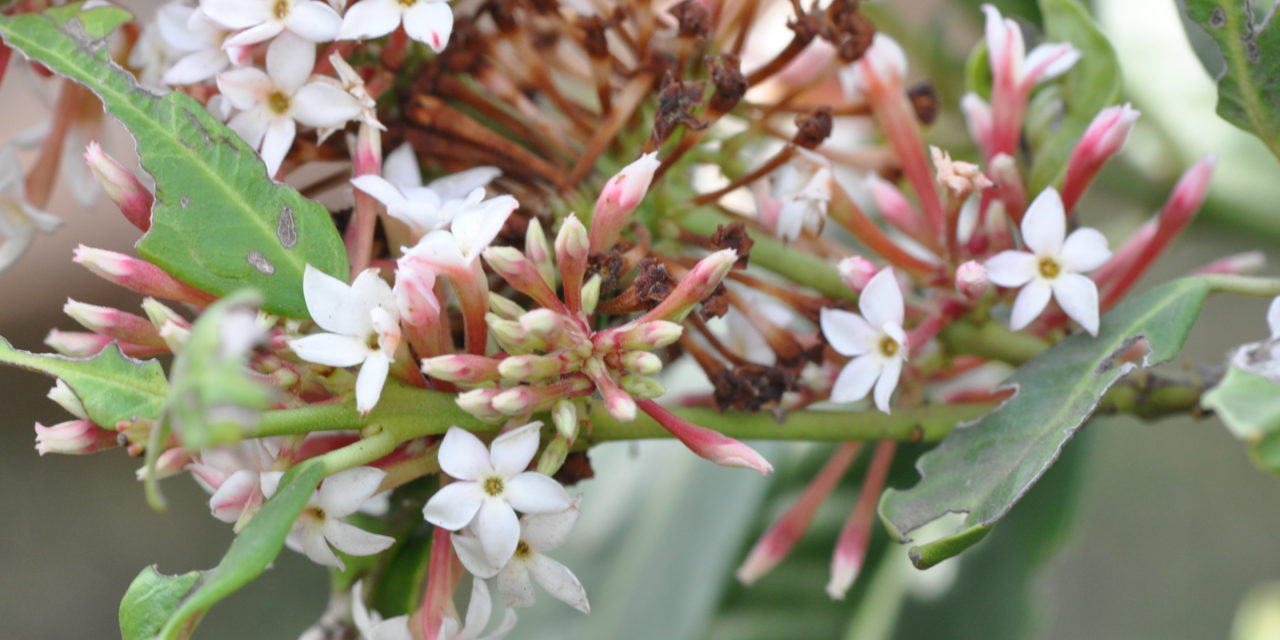
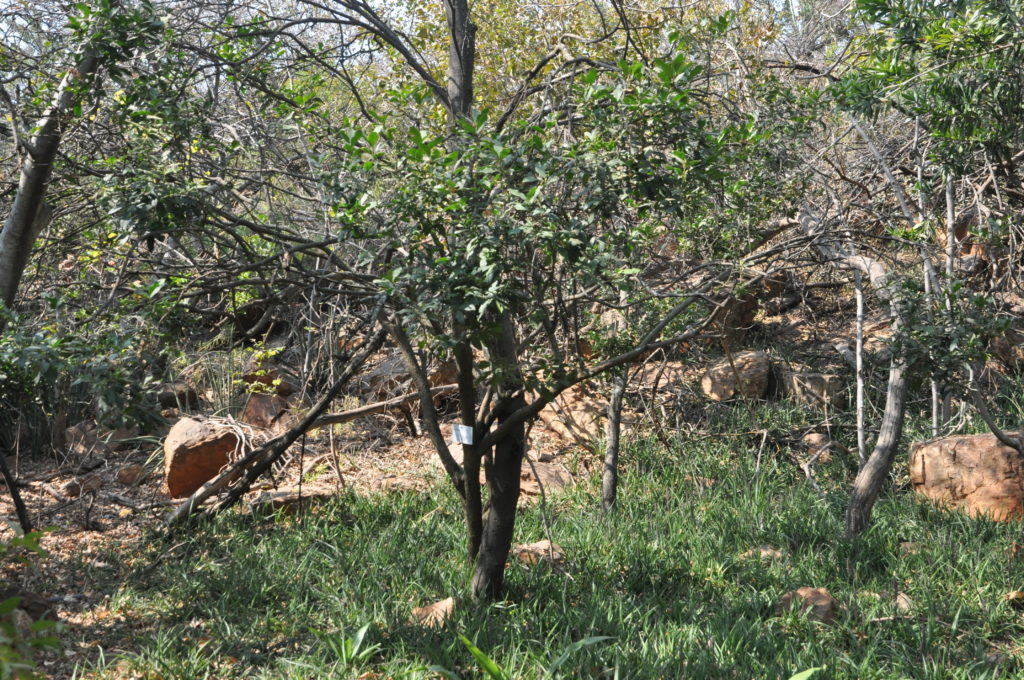
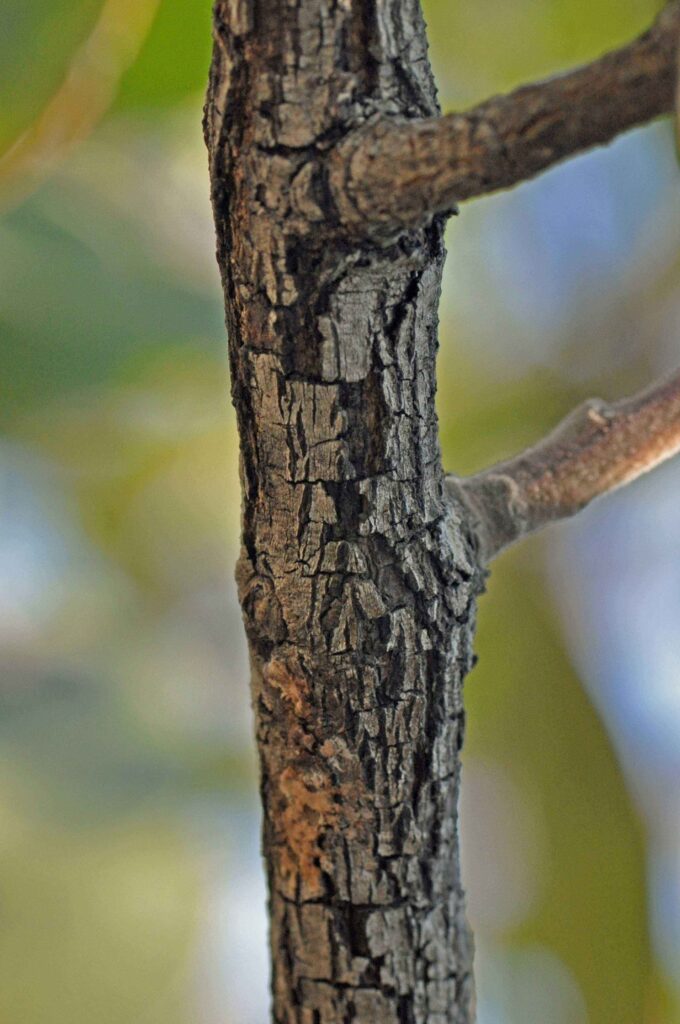
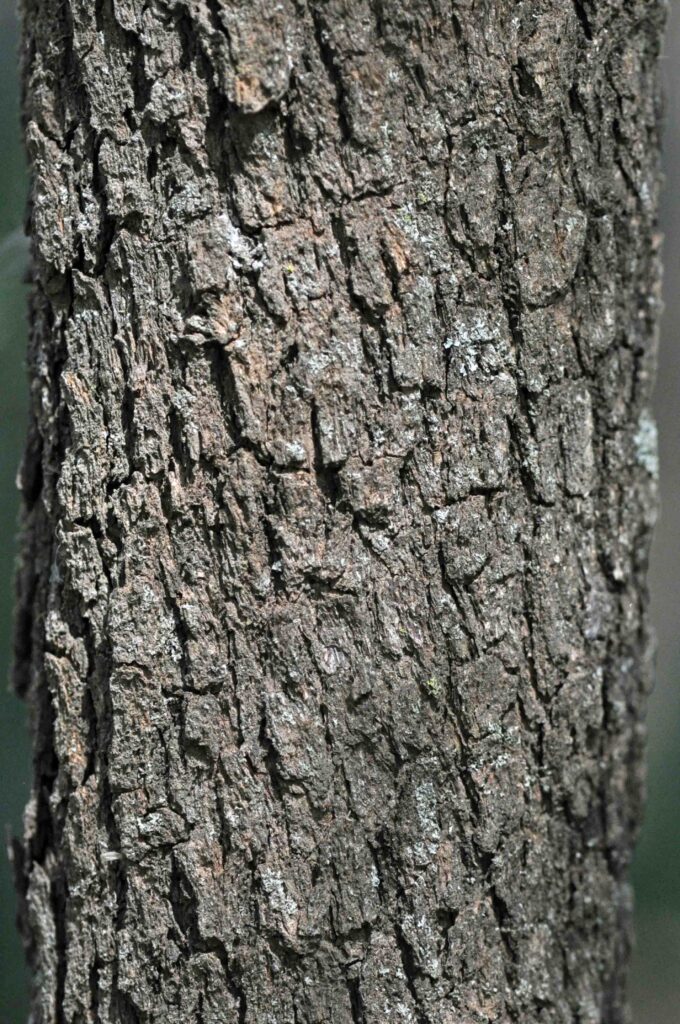
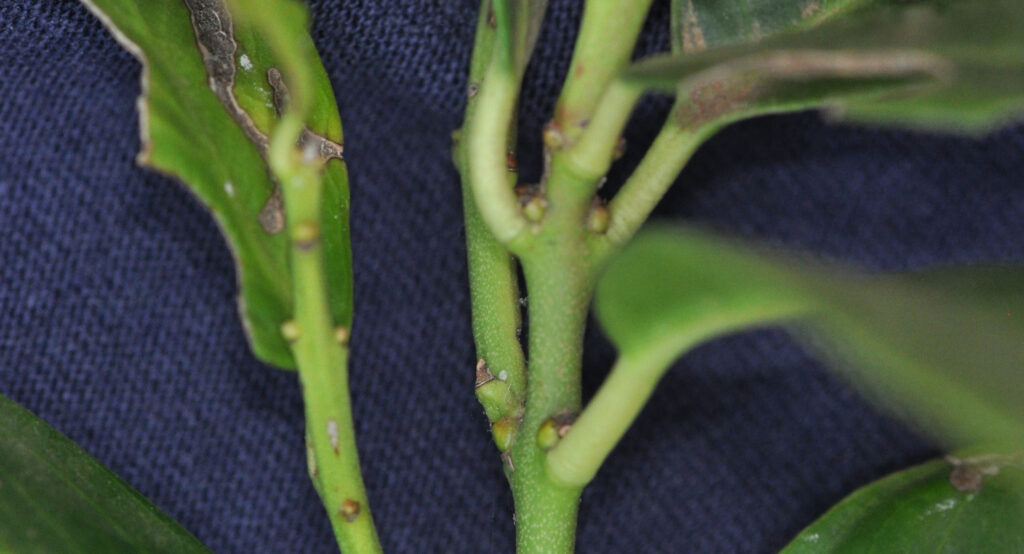
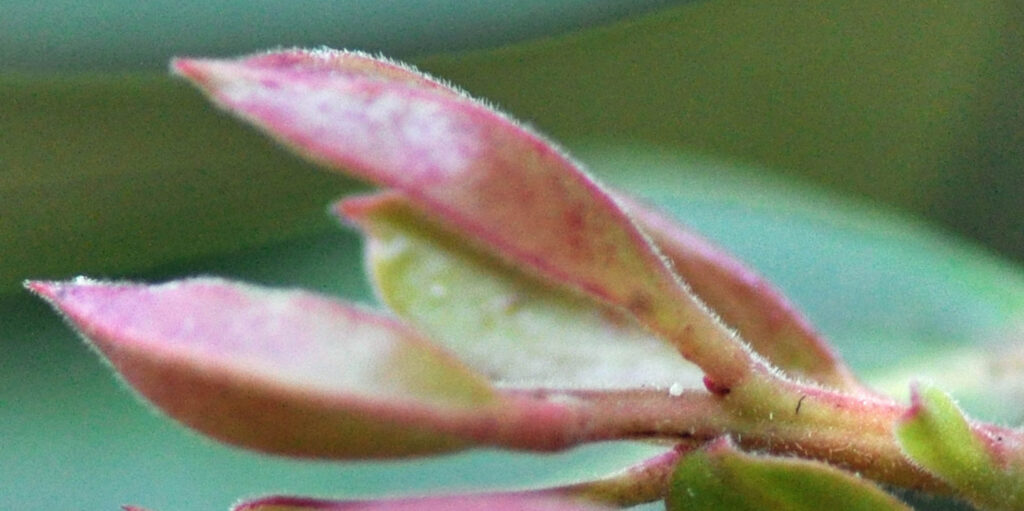
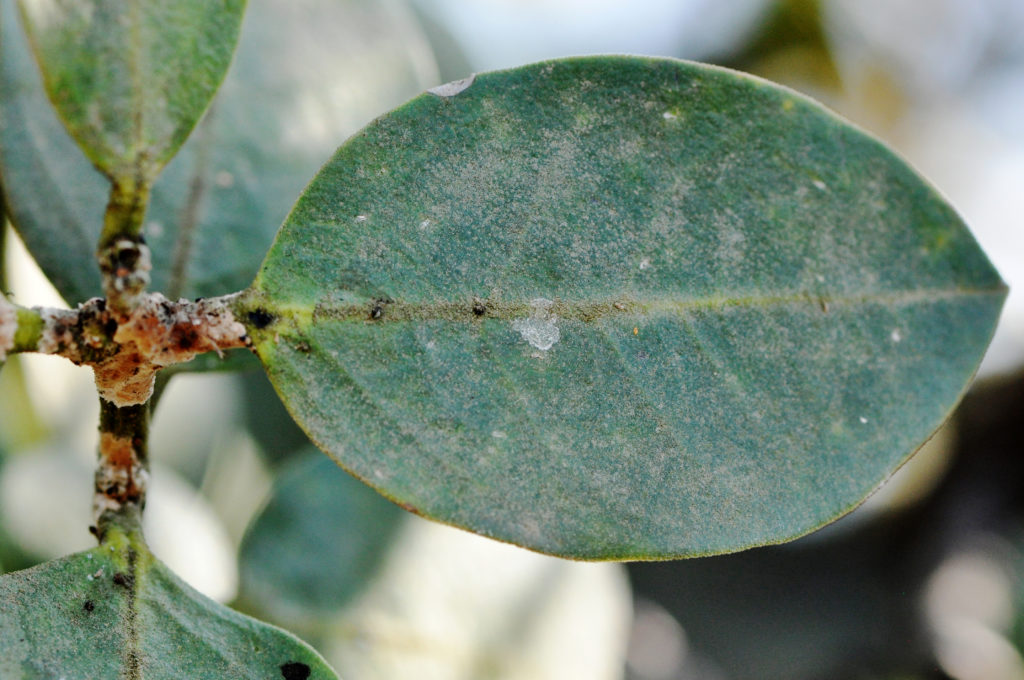
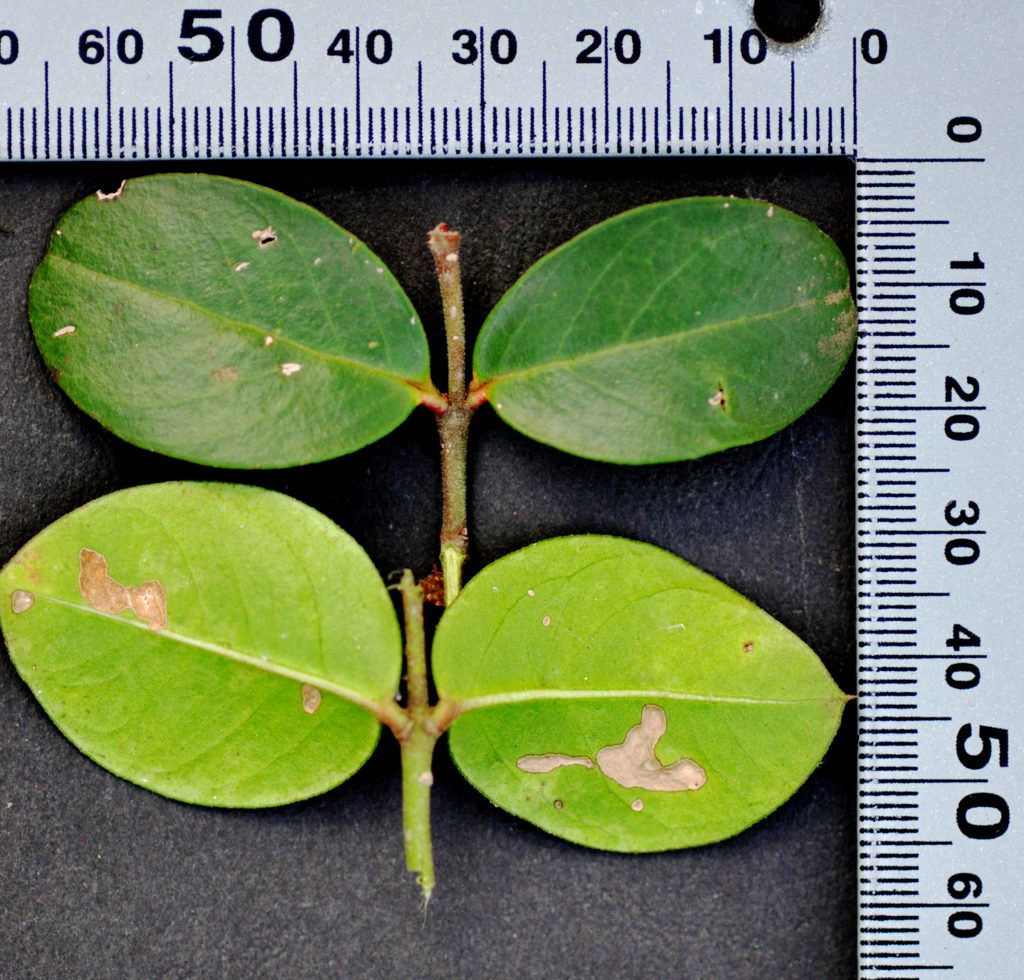
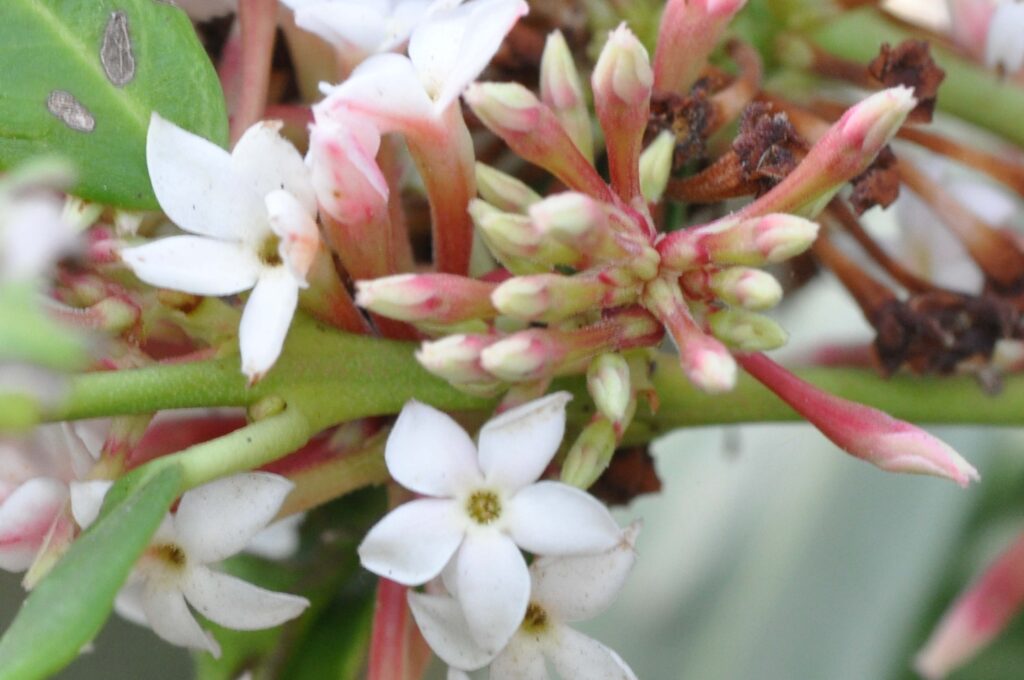
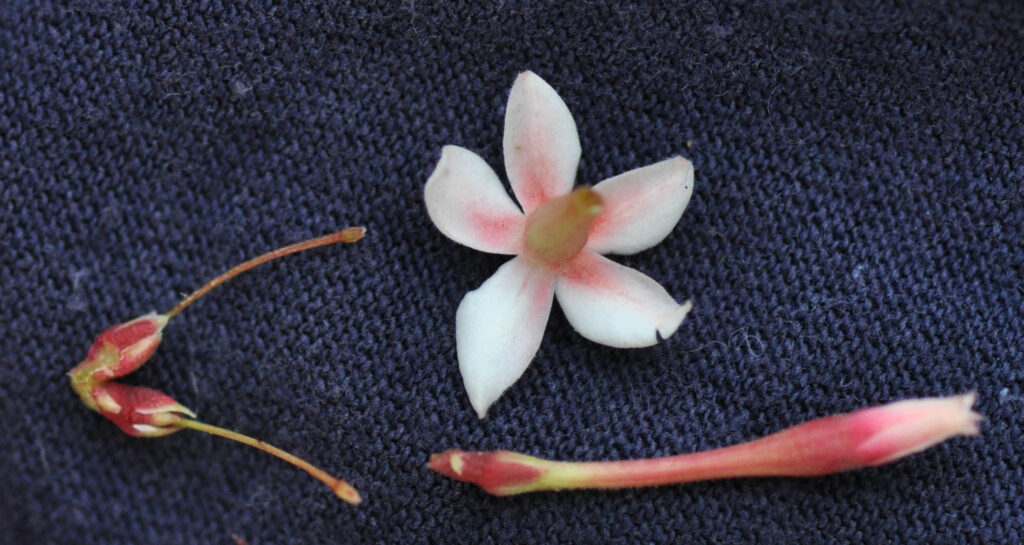
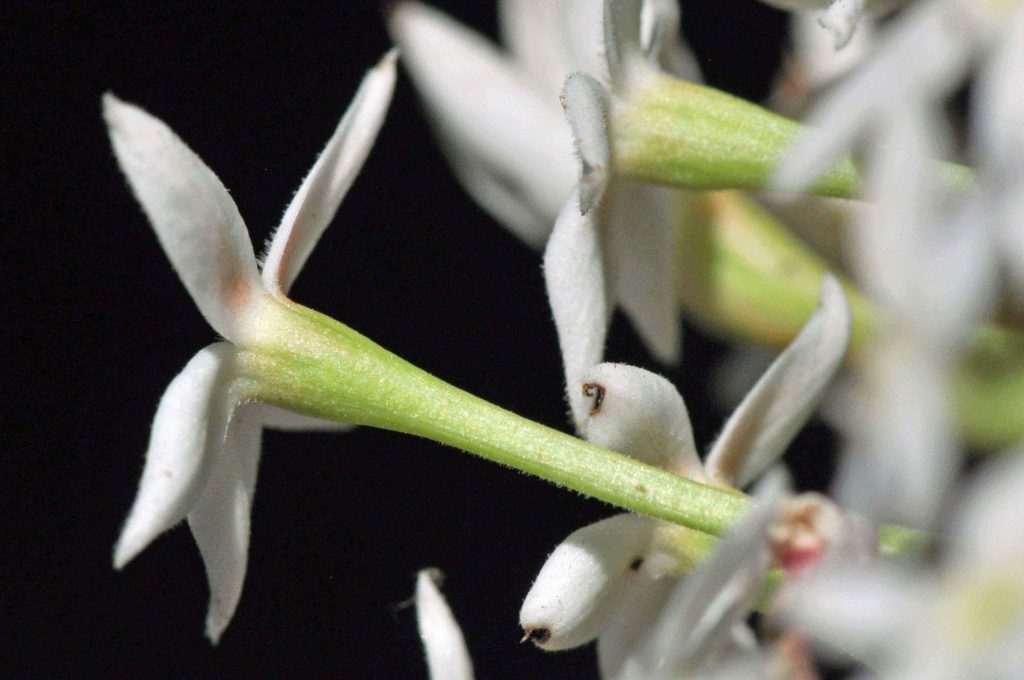
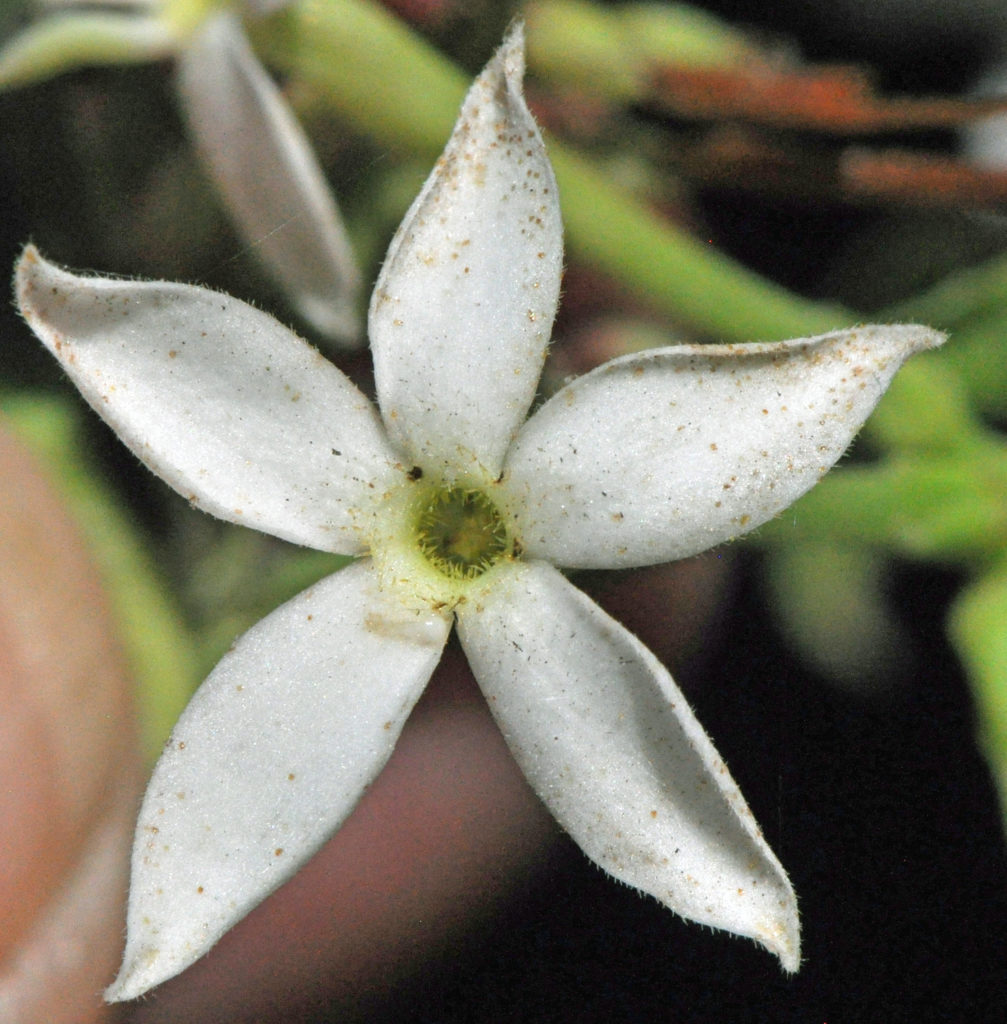
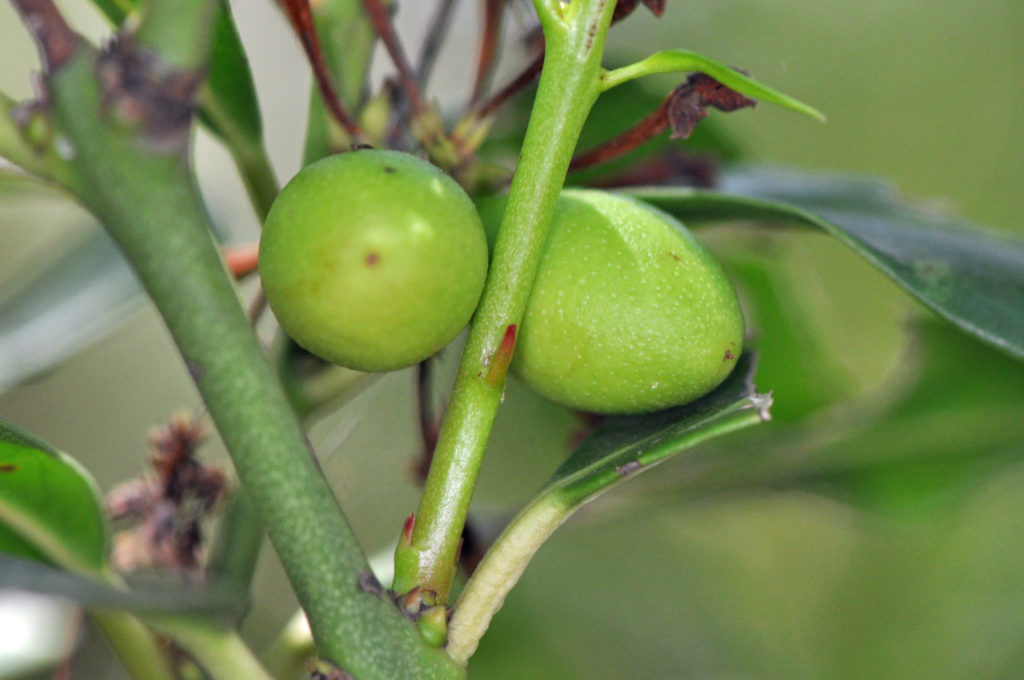
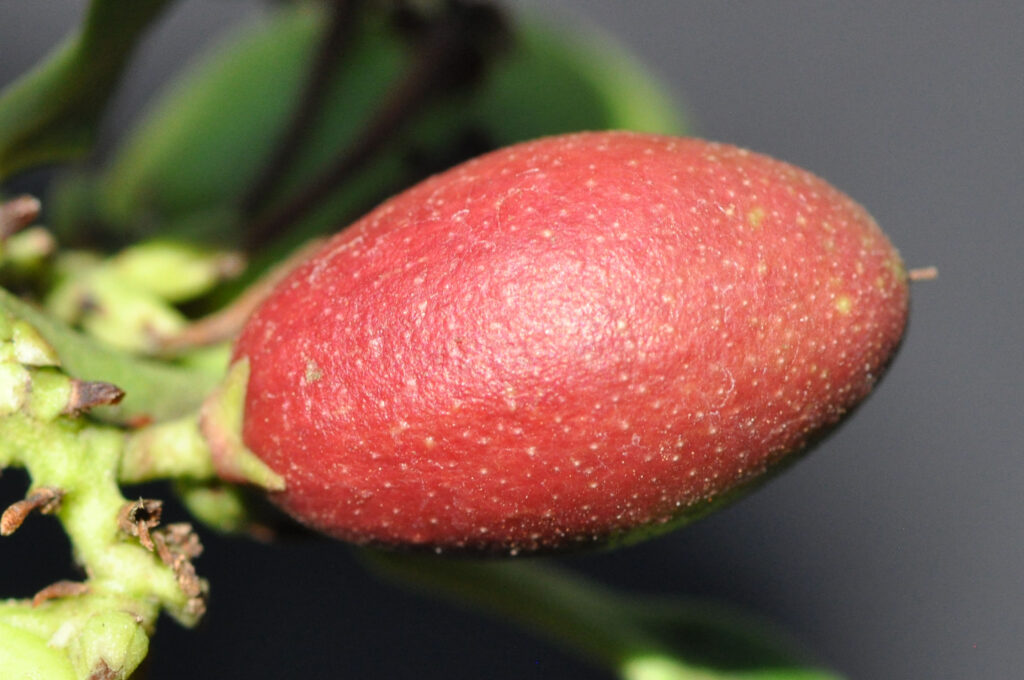
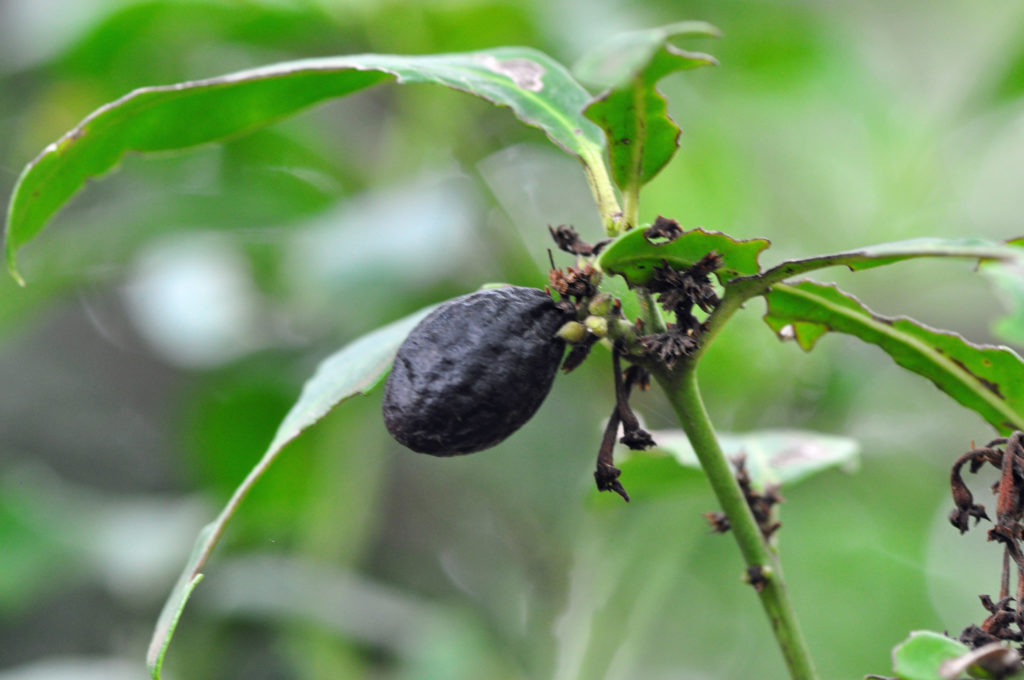
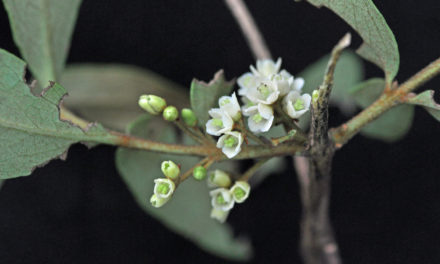
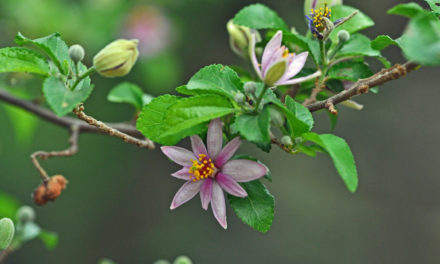
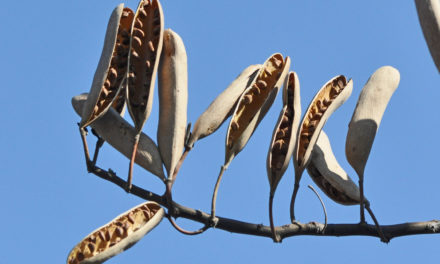
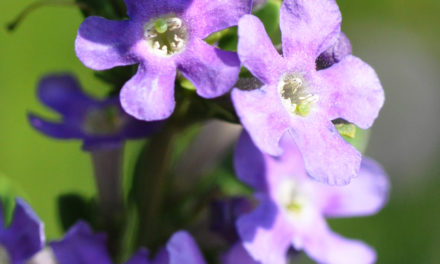
This website definitely has all the info I needed about this subject and didn’t know who to ask.
Greetings Helga
Thank you for your comment. This website has been a long but satisfying journey. Take care and stay well.
David Becking.